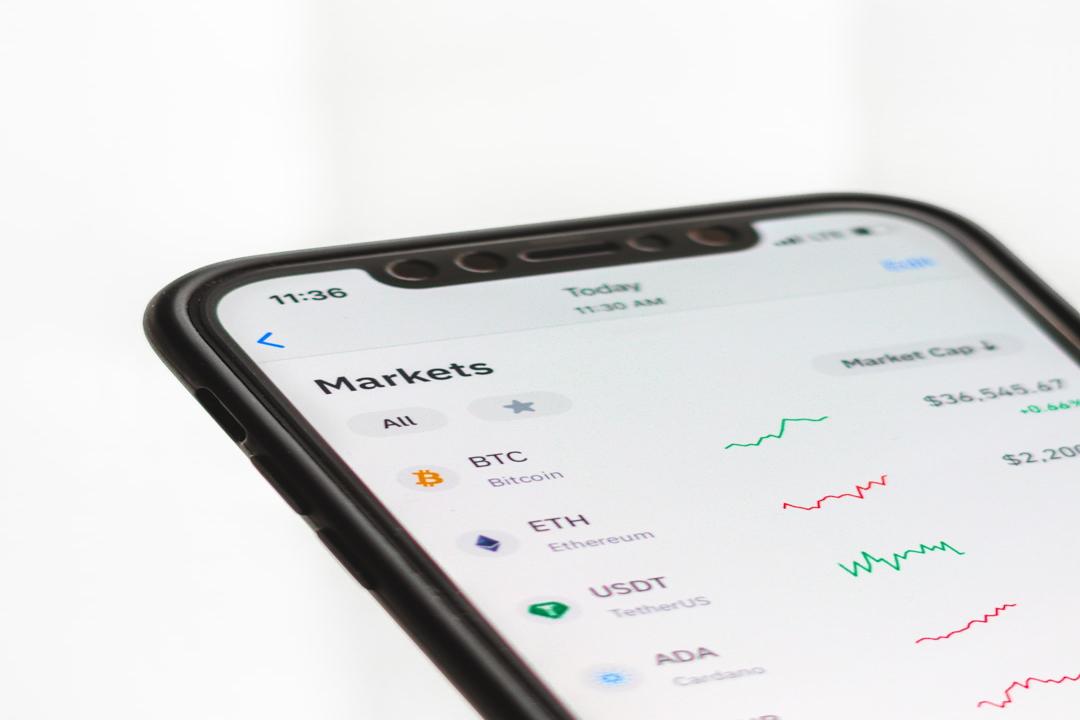After Bitcoin’s 15th “birthday” in January 2024, the digital asset industry witnessed a long-awaited milestone – the approval of 11 physically-backed Bitcoin ETFs by the U.S. Securities and Exchange Commission.

For many industry participants, this marked the shift of digital assets from a niche curiosity among cypherpunks to an alternative asset class that has garnered significant attention from top asset management companies.
Now, the community is preparing for another important milestone in the coming weeks – the fourth Bitcoin halving.
Cryptocurrency natives know that the previous three Bitcoin halvings largely followed a similar pattern, with increased market activity leading to price rallies and subsequent corrections.
While we can draw on past experiences to predict potential market reactions, I believe the upcoming halving will be different from any previous ones for one key reason: institutional investors have entered the cryptocurrency market.
As Bitcoin undergoes its halving, private wealth, family offices, and large traditional financial institutions are strategically incorporating digital assets into their portfolios and offerings for the first time. This signifies a shift in the way the entire industry operates and means that the aftermath of this halving will be different from all previous ones.
From a mysterious niche to professionally managed asset class
Each halving of Bitcoin over the past 15 years has marked a milestone in the development of digital assets.
During the first halving in 2012, digital assets were still a mysterious niche primarily driven by the technological curiosity and libertarian spirit of early adopters.
By the second halving in 2016, mainstream awareness had significantly increased, to the extent that the Chicago Mercantile Exchange Group (CME Group), a leading derivatives market, launched a Bitcoin price index later that year, laying the foundation for institutional interest in the burgeoning asset.
By the time of the third halving in 2020, the landscape had drastically changed, with digital assets winning the hearts and wallets of retail investors. The widespread availability of user-friendly investment platforms facilitated accessibility, which in turn fueled a surge in mainstream market acceptance of digital assets.
However, as of 2020, most institutional investors remained cautious about cryptocurrencies, as they had concerns about the role of this asset class in a reliable investment portfolio and its legal status. Investors preparing to enter the cryptocurrency market quickly realized that the market lacked reputable exchanges, platforms, and custodians that met the regulatory, operational, and security standards expected by professional counterparties. The demand for experienced institutional-grade trading counterparts, particularly in Asia, remained unmet in the field of digital assets. This was a key driving factor behind the launch of DBS Digital Exchange by DBS Bank in December 2020. Other financial institutions followed suit after recognizing the market gap and introduced their own digital asset platforms.
Everything changed in 2022 when the industry faced a major trust crisis with the collapse of billion-dollar cryptocurrency exchanges and hedge funds. It is worth noting that the trigger for these events was not the failure of blockchain technology but poor risk management and corporate governance. Investors realized that relying on unregulated platforms would expose their digital asset portfolios to significant operational and technological risks, in addition to the need to manage highly volatile asset classes.
To mitigate these risks, investors began to self-custody their portfolios or transfer digital assets to trusted platforms, usually those that adhere to the regulatory rules of traditional financial institutions, especially in areas such as risk management, asset segregation, financial stability, and anti-money laundering. Regulatory authorities in major financial centers such as Singapore also began to impose requirements on digital asset platforms to meet these standards.
Digital asset platforms, upon recognizing these structural changes, either adapted accordingly, moved to less stringent jurisdictions, or exited the market altogether.
However, this did not spell doom for the industry; in fact, the most severe crisis faced by digital assets resulted in their transformation into professionally managed asset classes.
Investors are no longer on the sidelines
So, what can we expect from the fourth Bitcoin halving?
Given that each halving marks a reduction in newly mined Bitcoin supply, we are likely to see a period of strong buying demand in anticipation of a Bitcoin rebound, just like in the previous halvings. This has already begun, as the price of Bitcoin recently broke its previous all-time high.
However, what sets this halving apart is that previously cautious institutional investors have entered a more professionalized market after overcoming their past skepticism. We may also see market participation from asset management firms and funds, such as physically-backed ETFs.
This trend is already underway. A report by Glassnode shows that from 2020 to 2021, the supply of Bitcoin held by large entities such as institutions, funds, custodians, and over-the-counter trading platforms increased by 13.4%, while the number of large entities holding Bitcoin increased by over 27%. Fast forward to 2023: the surge in institution-focused Bitcoin products (and expectations of actual ETF approval) can be attributed as one of the reasons for the rebound that started at the end of last year, even before the approval of ETFs. According to Coinshares’ research, 2023 saw $2.25 billion flowing into digital asset investment products, making it the third-highest year for such inflows since 2018.
Now is the opportune time for institutional investors to expand their market share. Unlike previous halvings, where Bitcoin prices corrected significantly within months after reaching new all-time highs, selling pressure after this halving may be mitigated due to this new investor composition.
With these new investors comes a heightened awareness of the risks posed by unlicensed and untested platforms. Therefore, this time, professional investors will prioritize collaborating with trading platforms that have the right qualifications, allowing them to focus on managing their portfolios without excessive concerns about operational and technological risks.
These qualifications include infrastructure such as bankruptcy isolation, regular independent audits, robust cybersecurity, tested risk management processes, and sufficient liquidity protection.
Furthermore, as digital assets are increasingly adopted into alternative investment portfolios, platforms that seamlessly integrate with other financial services – such as the ability to manage digital assets while managing traditional assets or access tokenized investment opportunities – will have a competitive edge over purely digital asset platforms.
The platform ecosystem in the market will inevitably evolve in this direction as professional investors become more willing to collaborate with such trading platforms. In conclusion, the fourth Bitcoin halving is expected to be a turning point in the transformation of the digital asset industry – establishing a mature, trusted, and professionally operated ecosystem.


